Source: pexels.com
Religion, and the spirituality that keeps it fresh, holds the power to transform our lives. Take Holy Week, for example. Holy week is an ancient practice of soul-care. It is, at its core, a mapping of the human journey—from our grand entrance, through ups and downs of our lives, into suffering, death, and final transformation. Holy Week aims to teach us to walk our journey with courage and hope, no matter what may come our way. Holy Week is a crash course in being human, and being human well.
I don’t know where else we can go to school ourselves in what it means to live well. There are, of course, classes and books and teachers—many of them quite good and helpful. But over the course of my life and ministry, I’ve come to more fully appreciate this ancient practice as some of the best soul-care available, some of the best teaching on living and dying well that we can find anywhere. What’s more, it’s an annual ritual that we do together. Over and over, in the course of a life, we come to this annual renewal of our understanding and practice of what it takes to live well.
So I write to invite you into Holy Week. I invite you into all of it, all eight days. Here’s a little map for your journey:
The first day, Palm Sunday, we remember how we entered life—innocent, humble, and vulnerable, carried not by our own two legs, but by another, and into a life we cannot control. Palm Sunday, Jesus’ Triumphal Entry, teaches us what we all must do—enter the experiment and experience of our lives, show up, and face whatever will come our way.
Monday, Tuesday, and Wednesday are days without religious services. They map the ordinary seasons of our lives, those years that are easy to forget. Yet, God is there teaching in the Temple of our lives, even when we don’t know it.
Thursday comes. It’s the Last Supper; we feast on life itself, the gift of the life God gives us. And we take stock of those treacherous parts within us, the inner-Judas, the dark thoughts and impulses and fears that threaten our lives. The ritual of the foot washing reminds us that while there are unclean parts of us, we are, nevertheless, completely loved.
Then on Friday, which our tradition calls “Good”, Jesus dies in the service of love. We confront the forces of violence, greed, and evil in the world. We confess our complicity in them. We come face to face with our own mortality and ask new questions about what it means to live more fully now in the light of our coming death. But we also recognize that parts of our inner lives—assumptions, behaviors, prejudices, lies we’ve believed too long—must die in the service of something greater—love and the life it desires to nourish. In fact, we come to realize that only by suffering, by feeling the pain of life, the losses and traumas we’ve experienced, can the lifeblood within us flow freely and can we find true healing. The Good Friday service carries into the darkness what must die if we are to live.
Holy Saturday is a day of quiet. Jesus is in the tomb, and we reconnect humbly with the earth from which we come.
Then Easter comes. On Saturday night, at the Vigil, we carry the light of Christ back into the darkened sanctuary of our lives. We chant the Alleluia again, pressing back against the darkness and our fears, witnesses to the triumph of love and life. And on Easter Sunday, Alleluias fill our ears, and we sense the surging of life within us—that glad truth that death is not the last word, nor is suffering. Life always breaks through the hard ground of our winters with a new springtime of wonder and hope. Our life’s journey is a journey through all the ups and downs and into the transformation of our lives. We are borne along by the power of love and the irrepressible nature of life.
We glimpse what our lives can become.
New.
Beautiful.
Powerful.
Free.
Joyous.

